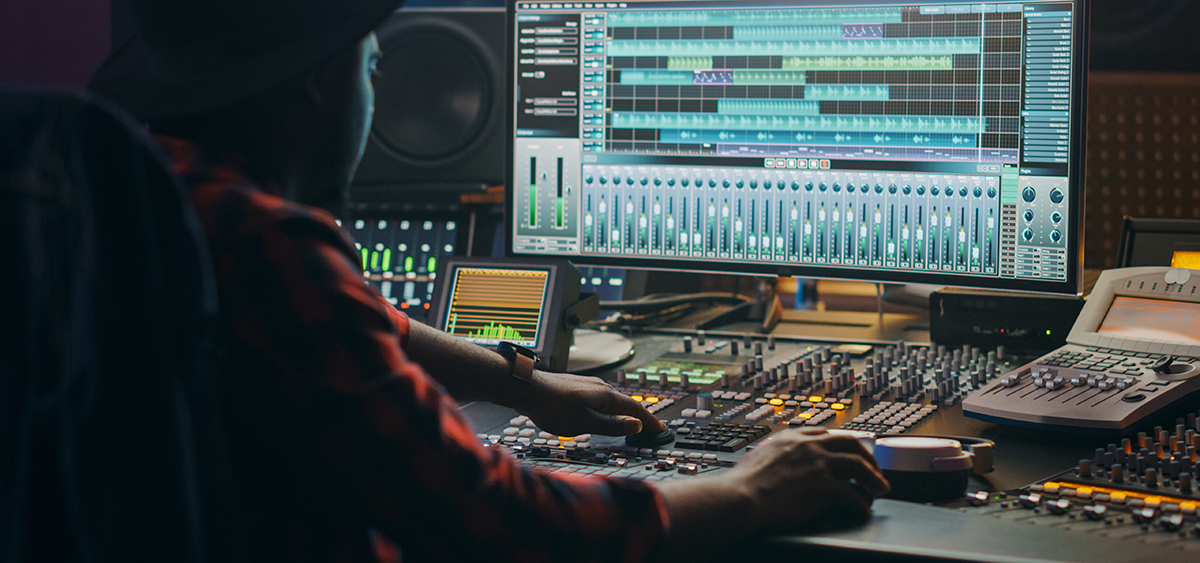The web is full of images, videos and music – all easily accessible. But can you use them for free? What rules exist around using them? What about your work: Can someone use it without permission?

What Is a Work?
A work protected by the law can take many forms: photos, songs, videos, texts or even graffiti on a wall. But to be protected, a work must have been created using skill and judgment. It can’t be just a copy of another work. Also, only work that is tangible or physical can be protected by copyright.
To learn more about what is protected by copyright, see our article Copyright: Protecting Creative Works.
General Rule: When You Can Use Someone Else’s Work
Usually, you can’t use someone else’s work without permission.
For example, you can’t use a recent popular song in one of your videos, or use an image you found online for a work presentation. Also, you can’t copy a work to make your own version.
These rules apply even if you aren’t using the work to make a profit. They also apply even if you use the work for a small organization, such as one with only 10 employees. Anything that fits the definition of a work is protected by the Copyright Act.
Only the person who holds the copyright in a work can give you permission to use it. The person who has the copyright can be the person who created the work, but it can also be a business, like a stock photo company.
Can you identify someone in a photo? Be careful about people’s right to control images of themselves!Be careful if you use a photo or video in which you can recognize someone. People have the right to control images of themselves. You can only use their images with their permission. To learn more about this subject, read our article Your Right to Control Photos and Videos of Yourself. |
Sometimes You Can Use Someone Else’s Work
There are some exceptions that let you use other people’s work without their permission.
Works Offered by Online Platforms and Databases
You can use images, songs and other works on online platforms and in databases, such as stock photo libraries that are free or available for a fee. Make sure to use credible platforms that respect copyright, for example, Getty Images, Shutterstock or Spotify.
You must follow the rules of the platform or database. For example, the rules might say you can only use the content privately and not commercially, which means you can’t use the content for an event or your business.
Works in the Public Domain
“Public domain” means that a work is no longer protected by copyright and that people can use it as they wish. For example, in Canada, a work can fall into the public domain when its creator has been dead for 70 years.
So, in Canada, you could use Les Misérables, an original work by Victor Hugo, any way you like since the author died in 1885.
Works Created by Employees
Employees who create works during their employment usually don’t have copyright on those works. Copyright belongs to the employer.
For example, an employee who creates a graphic design and a website in the context of employment doesn’t have copyright on that work. Employers can use the works created by employees without permission, even after employees leave their jobs.
The rules are different when it comes to freelancers: usually they own copyright on their work. For example, if a freelancer is hired to create content for an organization’s website, the freelancer has copyright on the content. If the organization wants the copyright, it negotiate this in a contract the two sides sign.
Another Exception: “Fair Dealing”
There are several rules to follow to be able to use the exception of fair dealing.
First, you must use the work in a way the law allows. Here are examples:
- making photocopies for students in your class
- writing a review of a work
- making a parody of a song
- using pieces of a work to summarize it
Secondly, your use must be “fair.” To see if the use is fair, you have to look at several factors. Here are examples:
- you don’t make many copies of the protected work
- there is no equivalent work in the public domain
- your use will not have a significant negative impact on the creator of the work
To learn more about fair dealing, see this web page from the University of Waterloo. The page has a link to a flowchart to help you see if your use fits into fair dealing.
|
You might have heard the expression “fair use”. This term comes from American law and is slightly different from fair dealing. |
What if You Use a Work Without Permission?
The copyright owner can sue you to be compensated if you use their work without permission.
Big online services also have policies to make sure users respect copyright rules. If you break those rules, they can delete your photos and videos, stop you from making money from photos and videos, and even suspend your account.
Your Copyright Was Not Respected?
You can collect proof that someone is using your work without permission. For example, you can take screenshots.
You can also contact the person using your work to say that you are the owner and to ask that they t stop using the work.
If you don’t get the result you want, you can send the person a demand letter.
Generally, you have 3 years from the time you notice that your right wasn’t respected to sue the person who infringed on your copyright to get them to stop using your work. You could also ask to be compensated for any loss.





